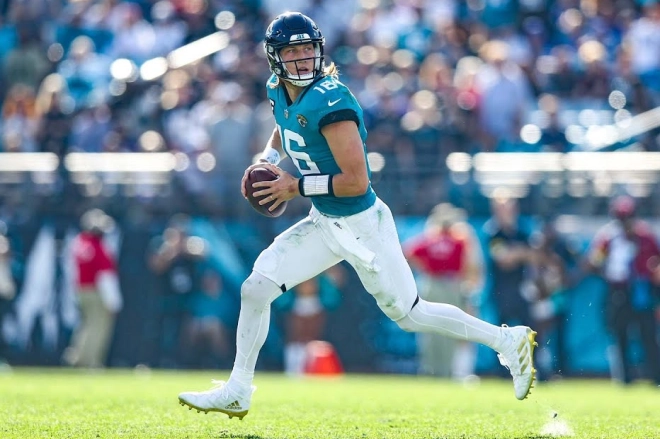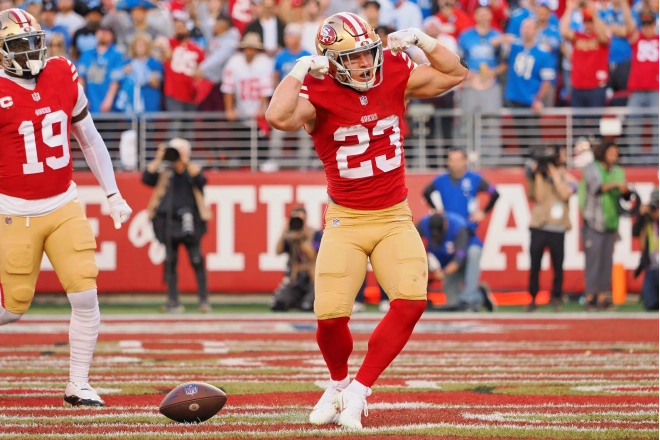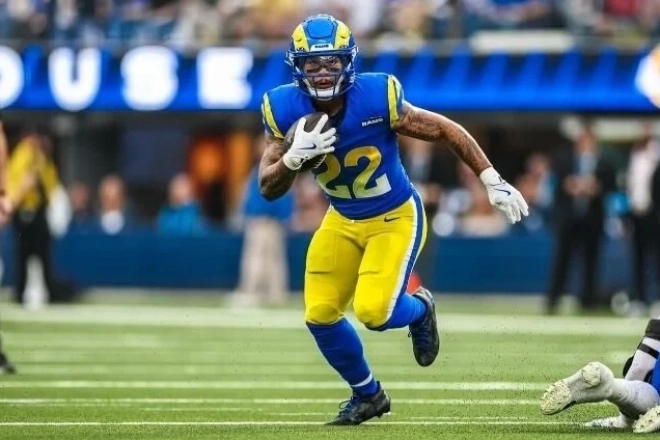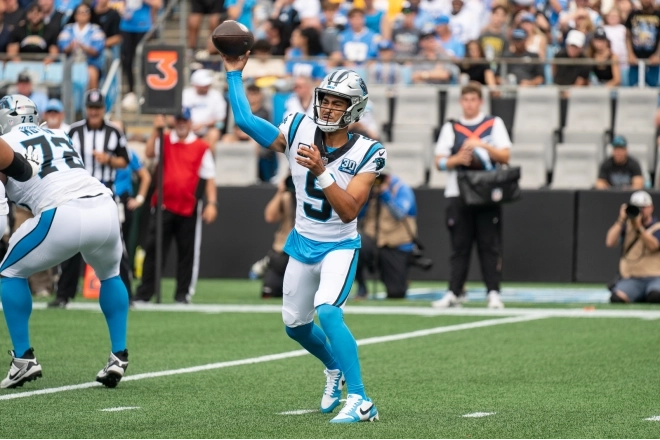Every year, an NFL team drafts a promising young quarterback in the first, second, or even third round — a player hailed as the next franchise savior.
Naturally, the young QB displays all the physical tools and leadership traits needed to become a successful starter at the professional level. On paper, the sky seems to be the limit.
But is it, really?
College football is a different world. While standout quarterbacks dominate in the NCAA, the competition pool simply isn’t as deep as it is in the NFL — where nearly every starter was once a collegiate star. The jump in speed, complexity, and defensive sophistication is enormous.
NFL front offices know this — or at least, they should.
Yet year after year, teams make the same mistake: after an encouraging training camp and a few promising preseason performances, the young quarterback is thrust into the starting lineup.
History has shown how risky that can be.
The NFL landscape is littered with first-round quarterbacks who never lived up to expectations — names like Trey Lance, Mitchell Trubisky, and more recently, Justin Fields. Each was drafted high, handed the keys too soon, and ultimately failed to meet the lofty projections placed upon them.
Other top prospects — Baker Mayfield, Sam Darnold, Mac Jones, and Bryce Young — took longer routes to success. After early struggles and changes of scenery, they found themselves behind seasoned veterans, gaining valuable perspective and coaching. Today, Mayfield and Darnold have become legitimate NFL starters. Jones has flourished filling in for the injured Brock Purdy, and Young has begun to show the steady growth that once seemed out of reach.
Their message is clear: development takes time.
The best organizations know this. Patrick Mahomes spent a full season learning behind Alex Smith in Kansas City. Jordan Love was Aaron Rodgers’ understudy in Green Bay — just as Rodgers once learned from Brett Favre.
Despite this proven blueprint, teams often feel financial and public pressure to start their prized pick immediately. Fans want results, owners want return on investment, and media hype only adds fuel to the fire.
But as we’ve seen with Trey Lance (now with the Chargers) and Zach Wilson (now with the Dolphins), rushing a quarterback rarely works out. Both were once viewed as can’t-miss prospects; now, they’re role players trying to rebuild their confidence.
The same challenge now faces rookies like Cam Ward — gifted, but possibly unready for the NFL’s relentless pace. When young QBs are thrown into the fire before mastering the mental and mechanical nuances of the game, many never fully recover. Some become lifelong backups. Others fade out entirely.
Perhaps it’s time for NFL teams to rethink their approach.
A young quarterback, no matter how talented, needs time — time to learn the system, time to adjust to NFL speed, and time to fail safely before being asked to lead. Patience doesn’t just protect a team’s investment — it maximizes it.
Because when a young QB is rushed and broken early, both the player and the franchise lose. And those visions of championship seasons? They remain nothing more than a pipe dream.





